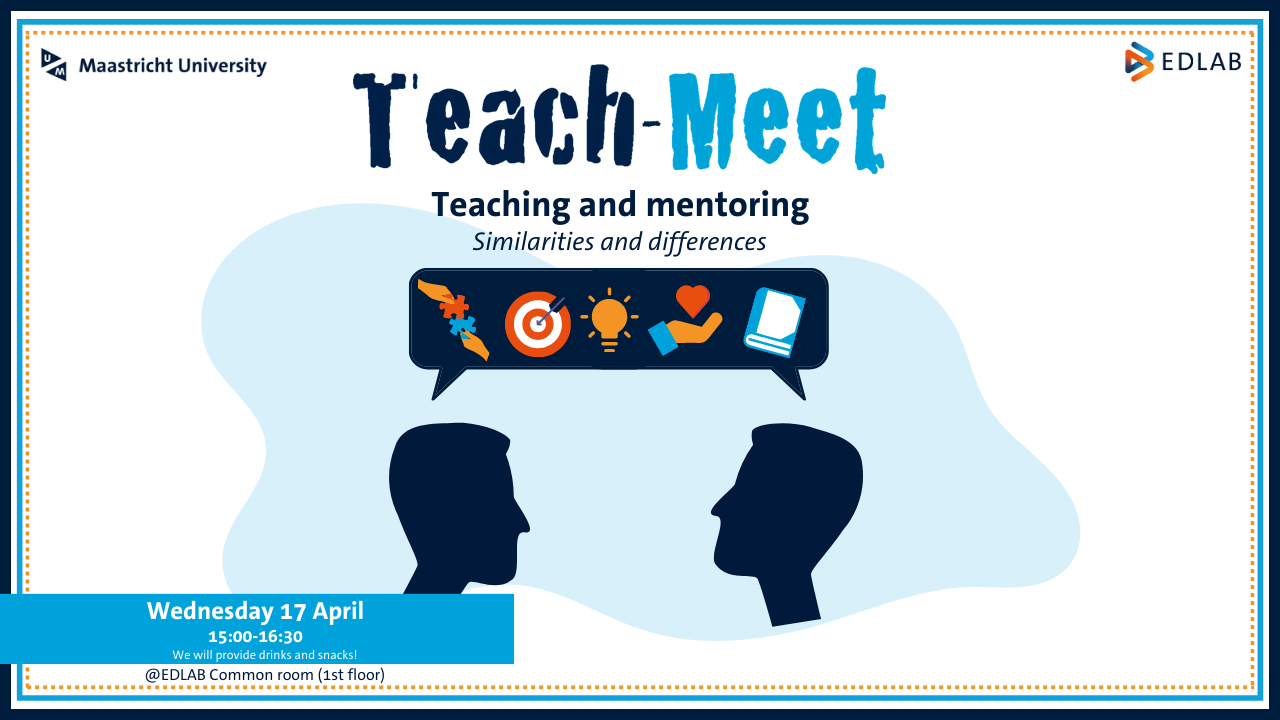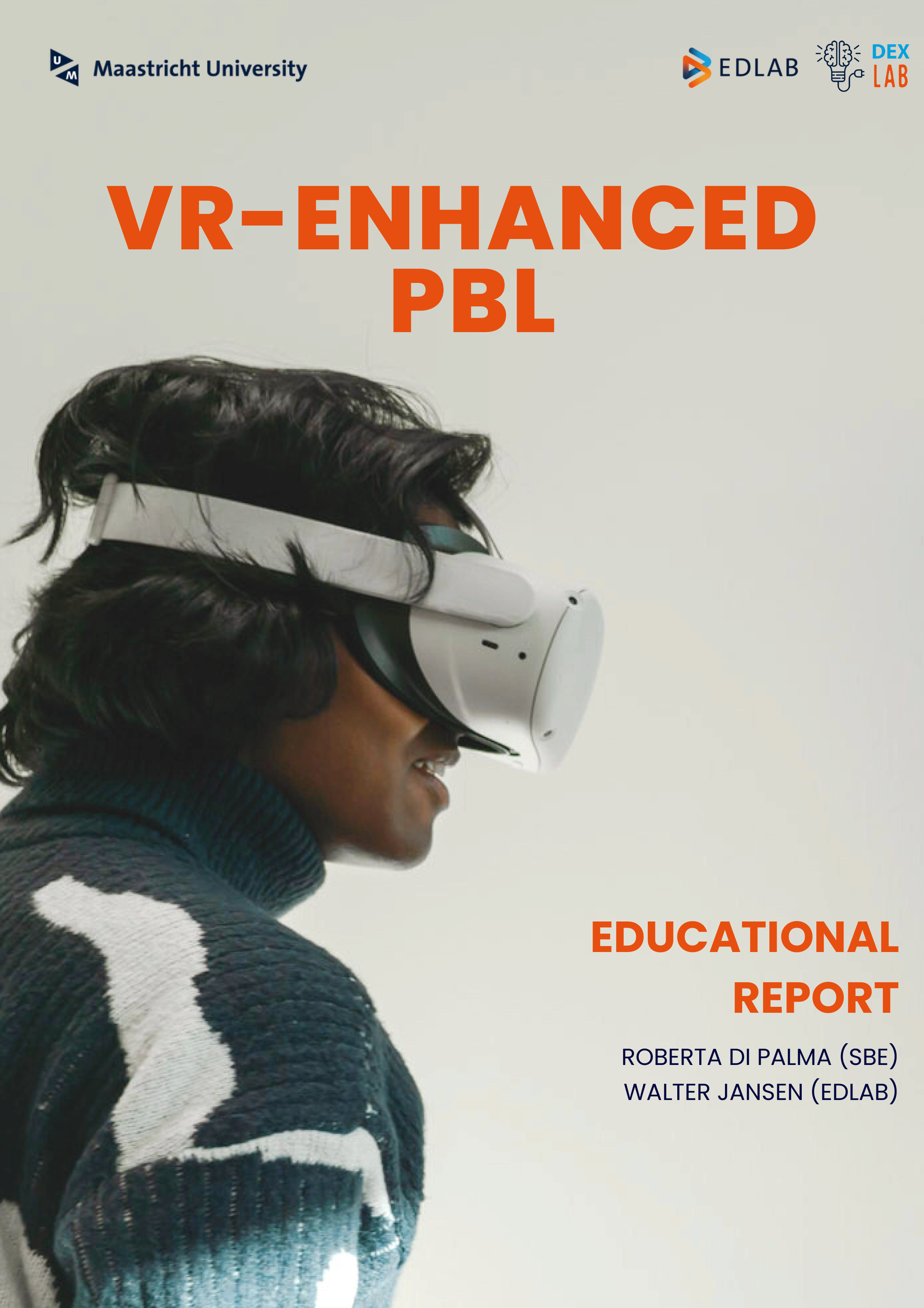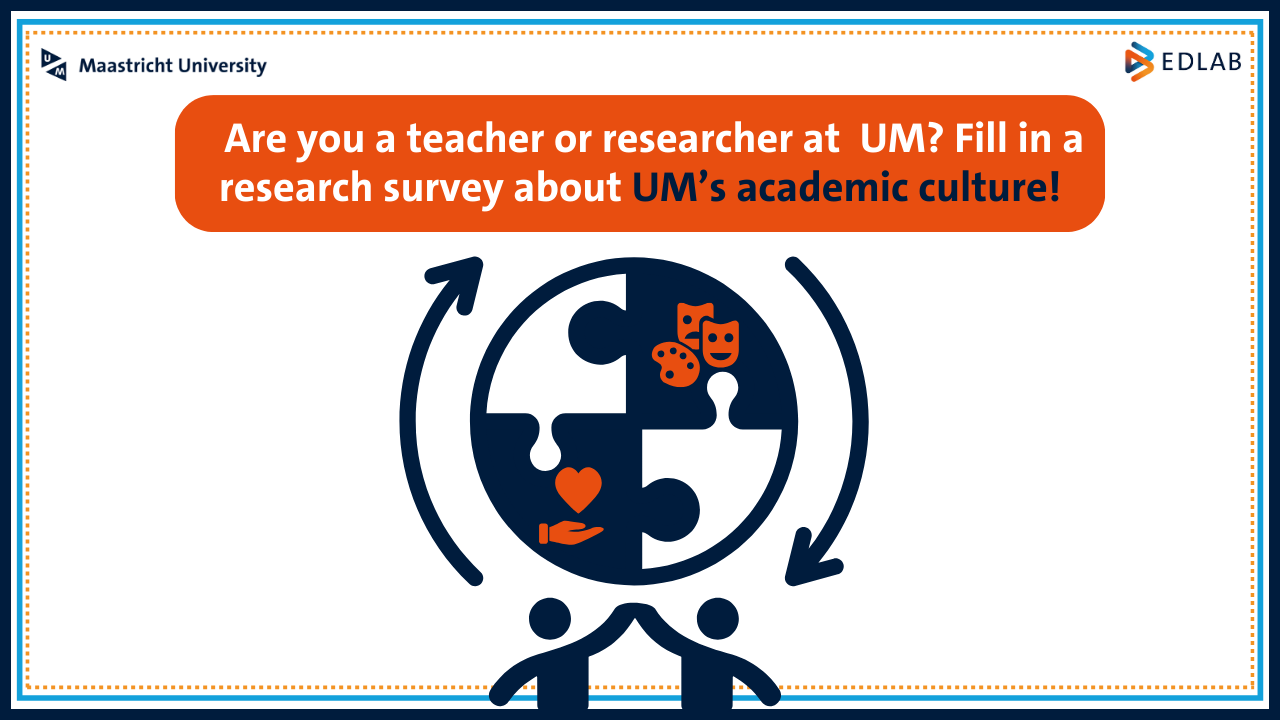PBL otherwise: senses-based learning
In this article, Emilie Sitzia, a Comenius Leadership Fellow at the Faculty of Arts and Social Sciences of Maastricht University, explores how to think and do PBL otherwise, that is, how to (re)integrate our eight senses into Problem-Based Learning.1
"Isn’t all learning sensory?"
It all started with chocolate… In my life, most good things start with chocolate. Anna Harris (FASoS), Ilse van Lieshout (Marres – House for Contemporary Culture) and I were eating chocolate and having tea in my office, swapping teaching stories and discussing our hopes and dreams. We all agreed that we love teaching, but wanted to teach otherwise. We felt that both students and teachers were losing touch with their bodies.
One of our colleagues in Anna’s Senses-Squared project put this question to us: “Isn’t all learning sensory?" While we wholeheartedly agreed, we felt that, at university, there was no space for such teaching and no time to train the senses. As researchers, sensory skills seemed essential to us. The doctor, the biologist, the museologist, the archaeologist, the physicist, the anthropologist: we are all expert observers. Our senses have been trained and attuned through fieldwork.
Yet, as teachers, we felt that, at best, these sensory skills were taken for granted and that there was an assumption that students would ‘pick it up’ as they go to class, attend labs or workshops, make site visits, or do internships. At worst, students learnt in their studies to distrust their senses and blindly follow scientific protocol. We felt that in the case of digital learning, these skills were further side-lined and, when present at all, focused on vision, and occasionally listening, rather than multiple and interconnected senses.
A couple of weeks later, the call for Comenius Leadership applications came up. We enthusiastically put to paper all we had dreamt of that afternoon: a tertiary learning experience re-focused on our senses. We called it ‘Senses-based learning’.
Then covid hit, and we all became sensory-deprived zoombies: our proposal became urgent.
From desk research to the classroom
We started the Senses-based learning project with an interdisciplinary review of the literature. The importance of senses and perception in society and its impact on the socio-cultural codes has been explored in books like Ways of Sensing: Understanding the Senses In Society by David Howes and Constance Classen (2014) or Tim Ingold’s The Perception of the Environment: Essays on Livelihood, Dwelling and Skill (2000).
There is a large body of educational literature that acknowledges the importance of the senses in the learning process. It is well known that senses help learners build connections between various bodies of knowledge and memorise better, reinforcing learning through sensorial preferences and contextualisation.
Constructivist learning, in particular, gives experience centre-stage. As early as 1929, Jean Piaget argued that learning happens in the interaction between experiences and ideas in the mind of the learner, and 30 years before that, John Dewey highlighted the importance of learning through experience. In the early 1980s, David Kolb asserted the importance of active experimentation and concrete experience in his experiential learning cycle.
In all learning environments, we found that sensory learning benefited the learning process. One example is George Hein’s 1998 book Learning in the Museum, in which he applied the ideas of Piaget, Dewey and others to experiential learning in the context of museums.
However, multi-sensory learning is still mostly used in educational institutions for young learners. For tertiary education environments, as we suspected, the literature was scarce and often linked to online learning, as stated by Stefanie Sinclair in the 2018 chapter.
So we decided to do some class experiments with Honours students first. My first Honours group helped me test some exercises such as memory-stimulating fragrance walks in Maastricht, tried making sensory maps, sat (for very, very long periods of time) in front of an artwork to write a piece of sensory-reinforced art criticism.
I was surprised by the results. As a teacher, it was disorienting. For the first time in my (already!) 20 years of teaching career, I wasn’t sure what students were learning in my class, how they were learning, or the short- and long-term impact of their learning. We all jumped awkwardly and curiously outside of our comfort zone.
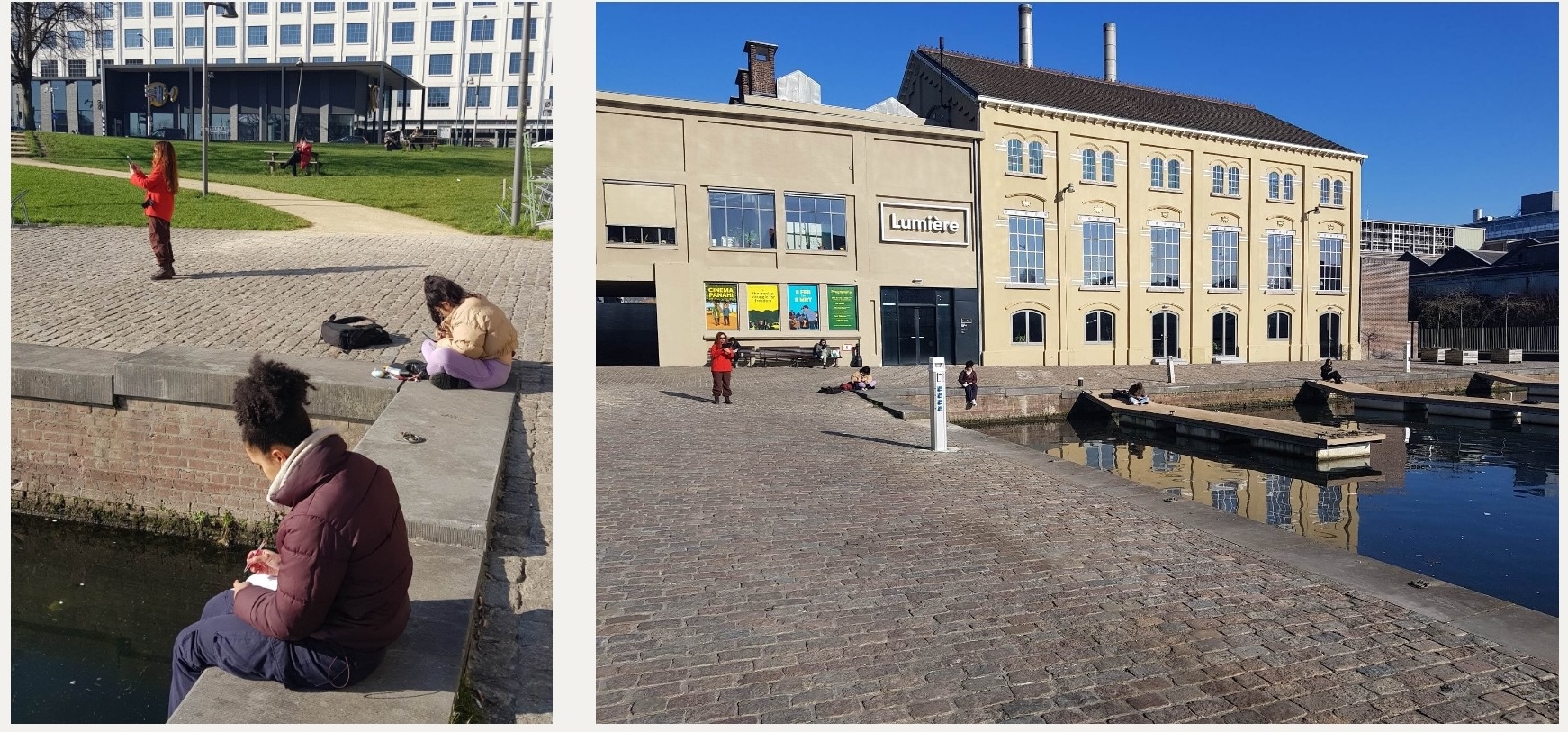
A world of sensory learning
To complement these experiments, we interviewed over 40 sensory experts and analysed how they used their senses in their practice and in their teaching. We interviewed artists, educators, food designers, dancers, performers, and academics from a broad range of fields. We realised this material was way too interesting to stay hidden in the research data and decided to publish excerpts, a sort of ‘best of’, on our digital sensory lab.
What we found were amazing pockets of practice and invaluable tips. It helped us think beyond our fields and question what exactly we were training when training the students’ senses.
While designing and teaching our ‘proof of concept’ elective, we concluded that there was a limited number of angles one could take:
1- Training the senses (how to better hear, smell, see, etc.)
2- Training the students to use their senses as a research method (sensory ethnography, walking, phenomenology, etc.)
3- Studying the senses as objects of study (the place of senses in society historically, politically, etc. and in various contexts like museums, hospitals, etc.)
4- Using the senses to help the students better understand other issues such as climate change, the Anthropocene, knowledge creation, etc. For example, Sensory Network member Harald Heinrichs has developed a course, ‘Sound of Sustainability,’ that uses sound and strategies of art-based approaches connected to the scientific analysis of sustainability. Guided by a sound artist, groups of 3 to 5 students were asked to produce a sound clip and an accompanying scientific reflection paper, in which they analysed a sustainability issue based on relevant scientific literature, the procedure of sound recording and design, and the potential of sensory sustainability.
As we researched and collected teaching practices and taught our courses and interventions, we started collecting the learning outcomes (often unexpected) that such courses allowed us to achieve.
From all this, we created a teacher-friendly tool that allows you to choose the sense(s) you would like to use to train your students and the learning outcome(s) you want to focus on and that gives you examples of interventions, courses, sessions from our class experiments and that of the sensory network.
But one thing that is not visible in all this research so far is how much fun teaching using senses-based learning actually is…
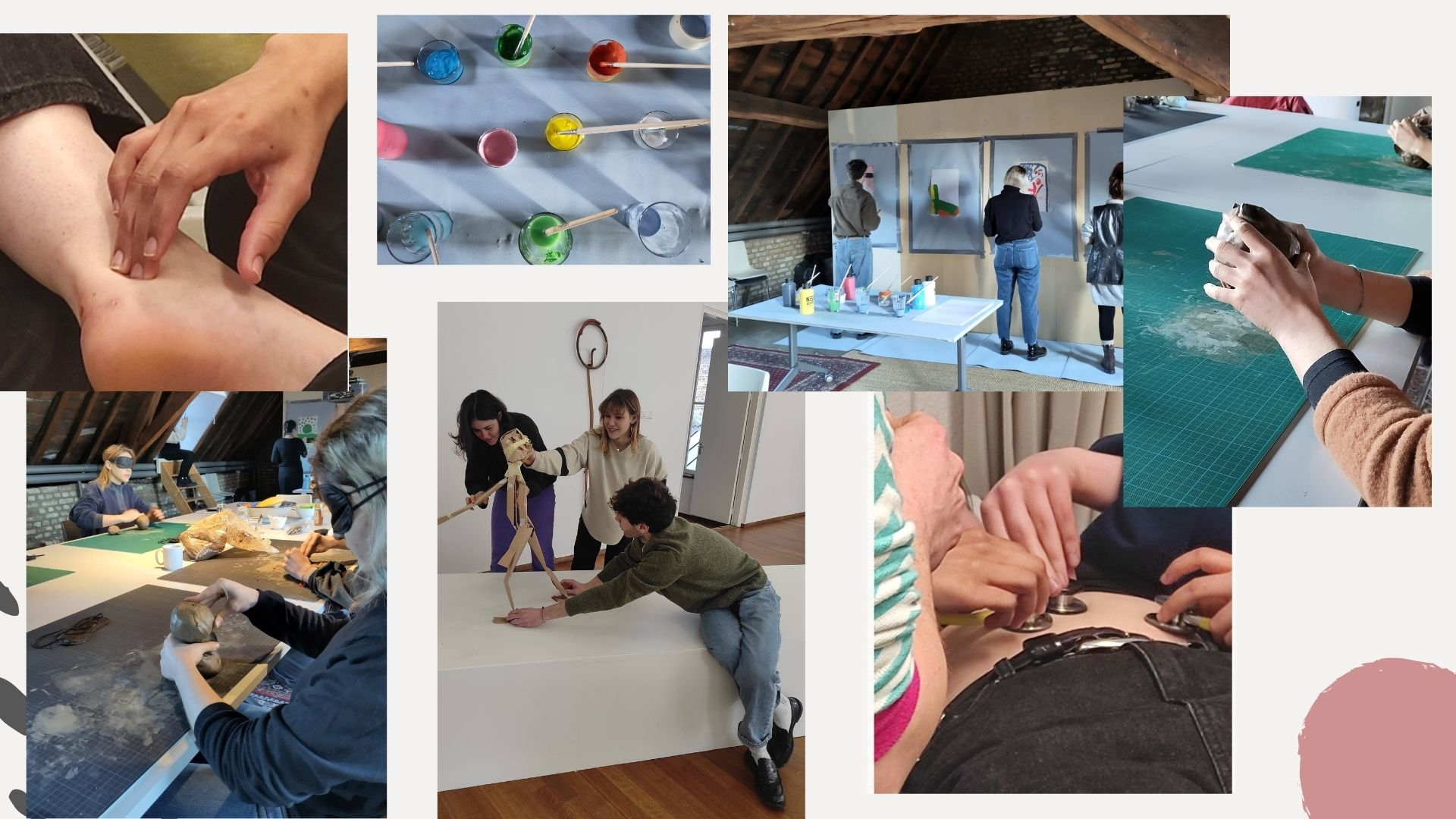
Unlocking creativity in PBL
Working on course and activity design with our interdisciplinary team and Marres allowed us to reconsider the rules of PBL. Not only did our learning activities need to be constructive, connect to relevant contexts, rely on collaboration, and be self-directed, but they also needed to be sensory (and fun; this goes without saying). As teachers, this forced us to go beyond our usual comfort zone.
Over the last three years, we had students walk blindfolded in the Sphynx passage, perform soundscapes, do basic medical examinations, write poems about boring cookies, do rap battles about (delicious) chocolate truffles, do sound massage and blindfolded sculpture; they went on sound walks and fragrance walks; they explored conservatories, museums, libraries, abandoned buildings, squares, bookstores, churches; they mapped heat, taste, sound, movement; they worked with home-made puppets, cameras, sound capture systems, paper maps, artists, doctors, (lots of) post-its and coloured pencils; they role-played pretending to be lawyers, art critics, covid safety advisors, medical doctors, choreographers, psychologists, sociologists, biologists, historians. As we challenged them, they challenged us.
Examination for such courses was opened up in its form, and students surprised us with outputs as diverse as podcasts, visual installations, collages, songs, essays (still), blogs, and videos. We devised rubrics and a 360 peer-review system that allowed for the form of the work to be as creative as possible. At the same time, the content and learning outputs stayed clear and measurable. And they worked together in ways we never imagined when we started, learning more from each other across disciplines and cultures than from us.
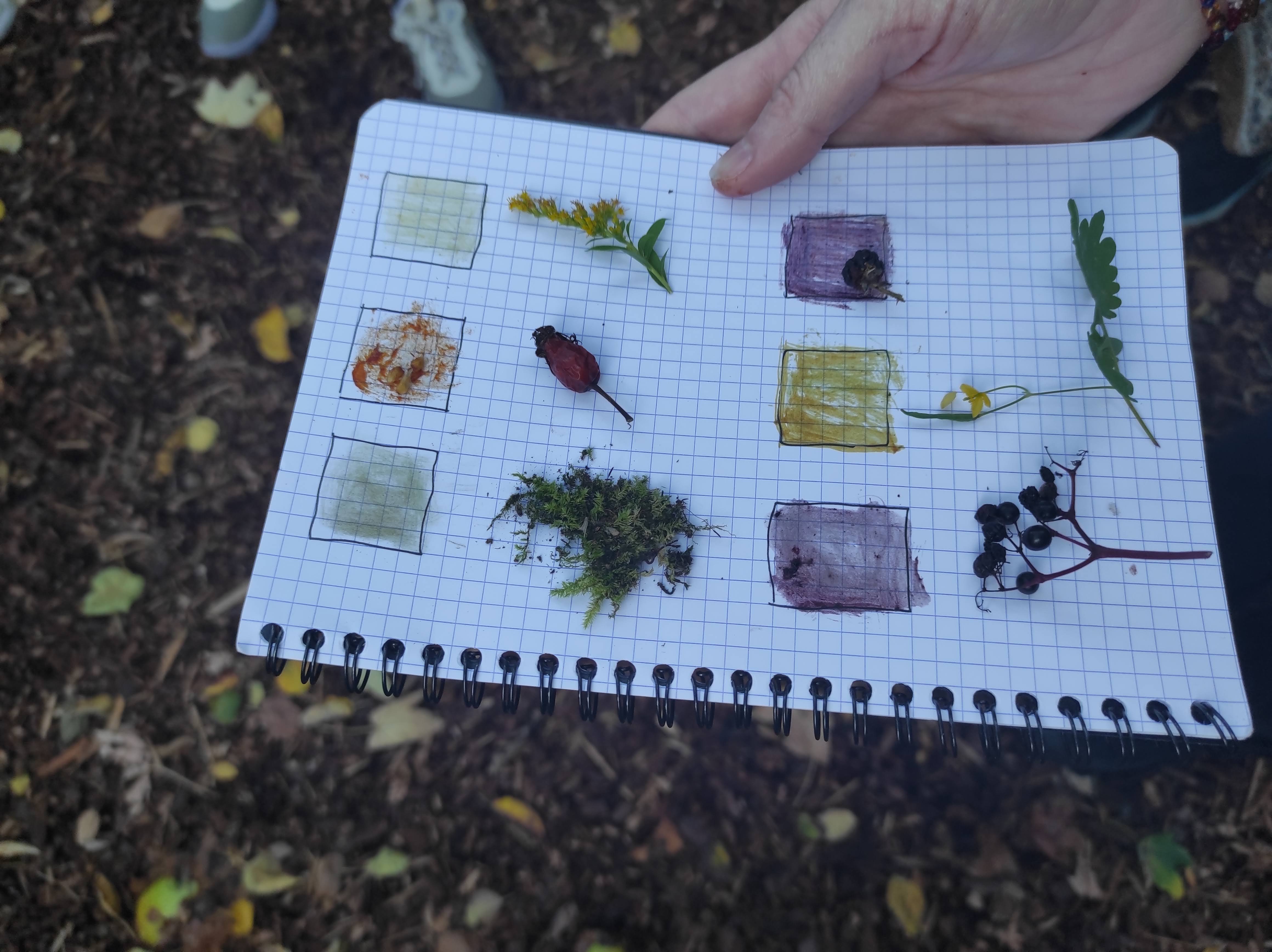
That’s nice but not everything can be senses-based learning… or?
I don’t intend to propose that all PBL in all faculties should become senses-based. However, I hope this reflection invites teachers and students to think again about their learning practice and their field. In the project we work with a team of interfaculty ambassadors. Each faculty representative has been thinking with us about how they use their bodies in their field and how they can re-embody the learning process through new courses or interventions in existing curricula. I am glad to report that not a single faculty has failed. From Law to SBE, FHML to FPN, and FSE to FASoS, all faculties have managed to design relevant sensory learning activities.
My original concern, which is the detachment of scholarship and senses, was confirmed this year when I asked a group of Honours students what research smells like, and they answered: “overheated computers”, “dusty books” and “sweaty library”…
It made me feel unbelievably sad but renewed my sense of purpose. We need to do something to change their idea of what research is because this is not what real research or learning smells like.
By Emilie Sitzia, Associate Professor, Department of History, Maastricht University.
This article is a publication of edUMinded, the Maastricht University online magazine on Teaching & Learning.
What is sensory processing?
Work cited
Dewey, J (1899). School and Society. Chicago: Chicago University Press.
Howes, D. & Classen, C.(2014). Ways of Sensing: Understanding the Senses in Society. New York: Routledge.
Ingold, T. (2000) The Perception of the Environment: Essays on Livelihood, Dwelling and
Skill. London: Routledge.
Hein, G. (1998). Learning in the Museum. London: Routledge.
Kolb, D. A. (1984). Experiential Learning: Experience as the Source of Learning and Development. Englewood Cliffs, NJ: Prentice Hall.
Piaget, J. (1929). The Child’s Conception of the World. London: Routledge & Kegan Paul.
Sinclair, S. (2018). Creativity, Criticality and Engaging the Senses in Higher Education: Creating Online Opportunities for Multisensory Learning and Assessment. In: Baxter, Jacqueline; Callaghan, George and McAvoy, Jean eds. Creativity & Critique in Online Learning: Exploring and Examining Innovations in Online Pedagogy. UK: Palgrave Macmillan, Cham, 103–122.
Further readings
About the senses in the learning process
Classen, C. (1999) ‘Other Ways to Wisdom: Learning through the Senses across Cultures’. International Review of Education/Internationale Zeitschrift Für Erziehungswissenschaft/Revue Internationale De L’education 45, no. 3–4 (1999): 269–80.
Craik, F. & Lockhart, R. (1972). Levels of Processing: A framework for Memory Research. Journal of Verbal Learning and Verbal Behaviour. 11, 671–84
Gardner, H., and Hatch, T. (1989). Educational Implications of the Theory of Multiple Intelligences. Educational Reader, 8(8),4–10.
Gardner R.C. (1985). Social Psychology and second language learning: the role of attitude and motivation. London: Edward Arnold.
Shams, L., and Seitz, A.R. Benefits of multisensory learning. Trends in Cognitive Sciences, 60, November 2008, pp. 411–17.
Petty, G (2004). Teaching Today. Cheltenham: Nelson Thornes.
About multi-sensory learning in educational institutions for young learners
Højlund, S. (2018) “Listen! We Made These Potatoes Crispy!” Danish Adolescents Sharing Taste in a School Class. In Counihan, Carole and Højlund, Susanne eds.. Making Taste Public: Ethnographies of Food and the Senses, London: Bloomsbury Academic, 99–112.
Terrio, S. (2000). Crafting the Culture and History of French Chocolate. Berkeley: University of California Press.
Thyssen, G. ‘Odorous Childhoods and Scented Worlds of Learning: A Sensory History of Health and Outdoor Education Initiatives in Western Europe (1900s–1960s)’. Senses and Society 14, no. 2 (2019): 173–93.
Thyssen, G. and Grosvenor, I. (2019). ‘Learning to make Sense: Interdisciplinary Perspectives on Sensory Education and Embodied Enculturation’. Senses and Society 14, no. 2 (2019): 119–30.
Link to the project’s thematised senses-based learning bibliography.

Emilie Sitzia: "Students surprised us with outputs as diverse as podcasts, visual installations, collages, songs, essays (still), blogs, and videos. And they worked together in ways we never imagined when we started, learning more from each other across disciplines and cultures than from us."
This article is a publication of edUMinded, the Maastricht University online magazine on Teaching & Learning.
Interested in more Teaching & Learning insights?
Also read
-
Teaching and mentoring roles often intersect, creating opportunities for academic development and personal interactions between students and tutors.
-
The VR-enhanced PBL project report produced by EDLAB and DEXLab explores the benefits of integrating VR technology into PBL classrooms.
-
Are you an academic staff member at Maastricht University? Your insights matter!
